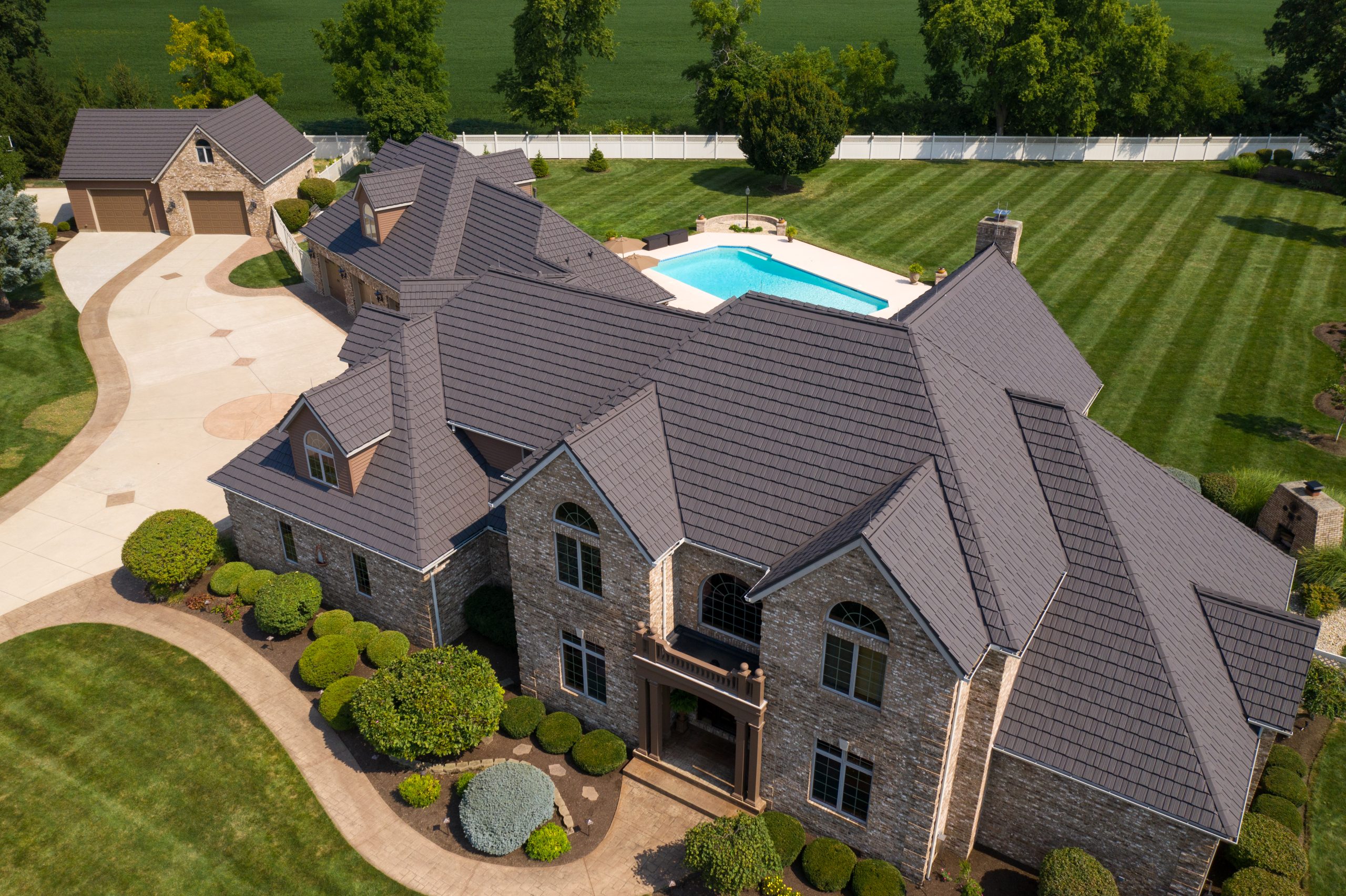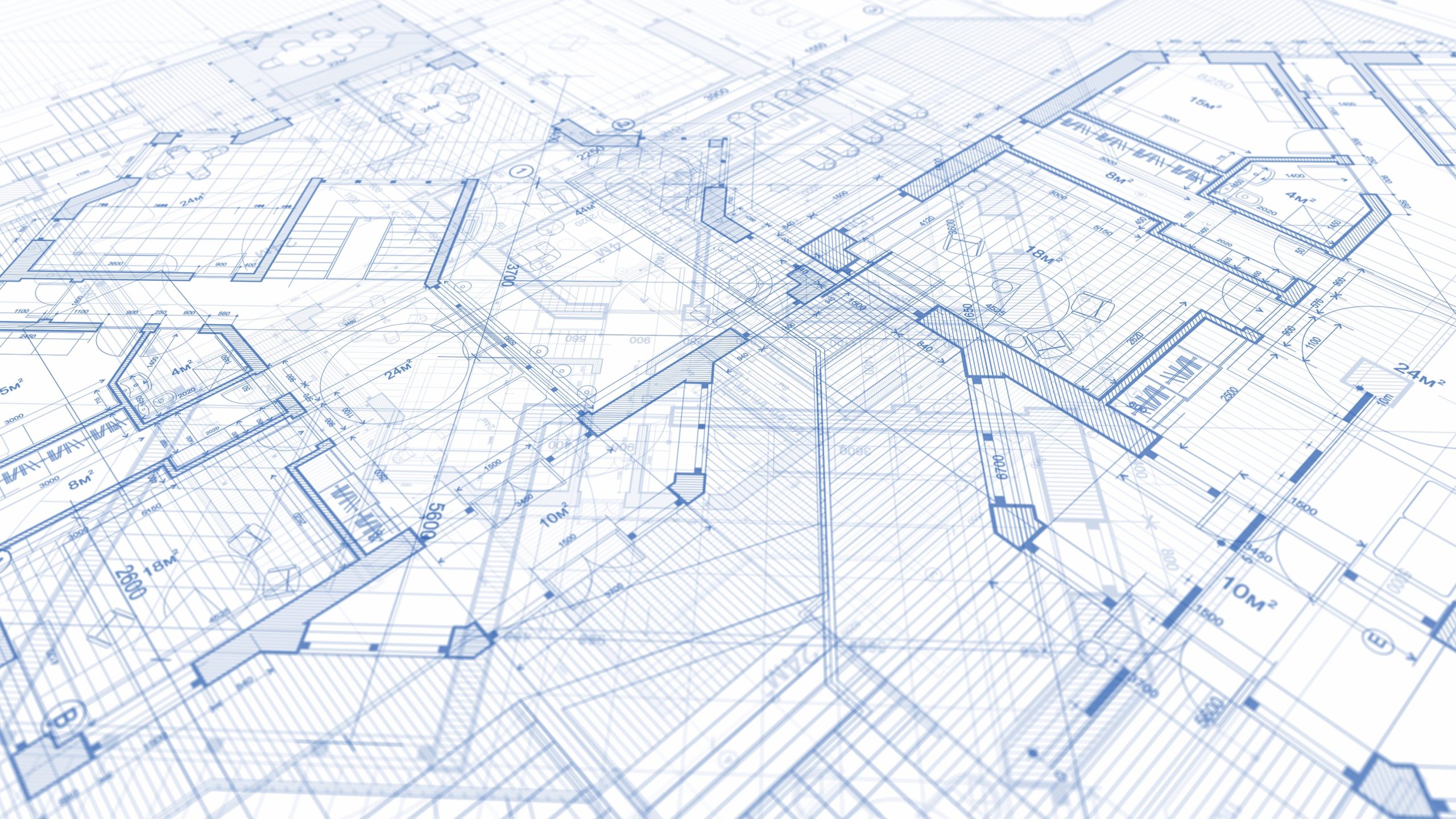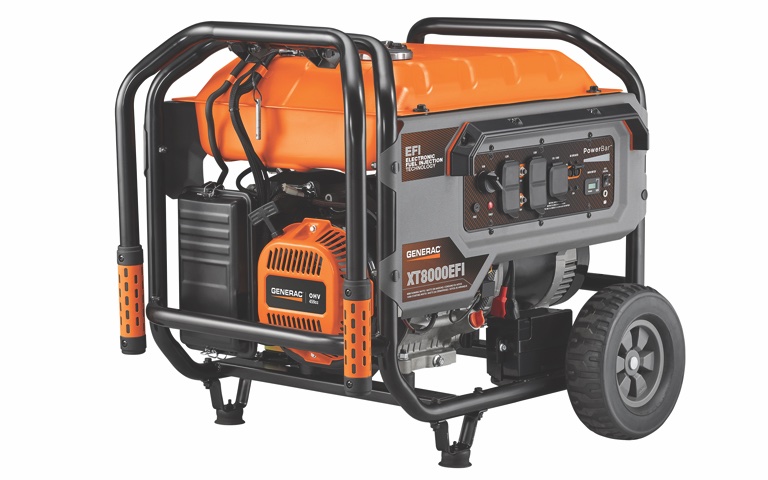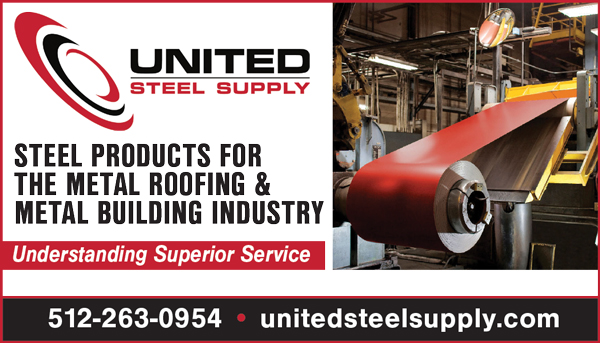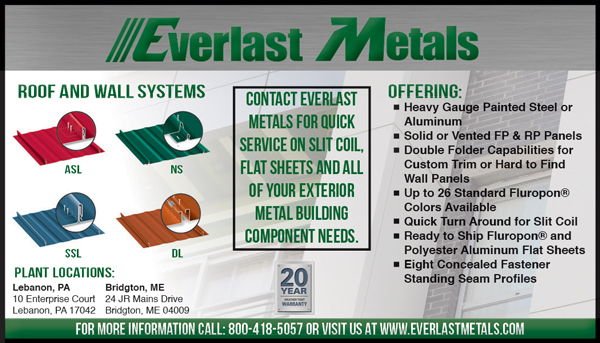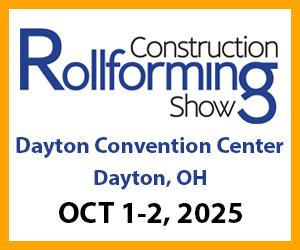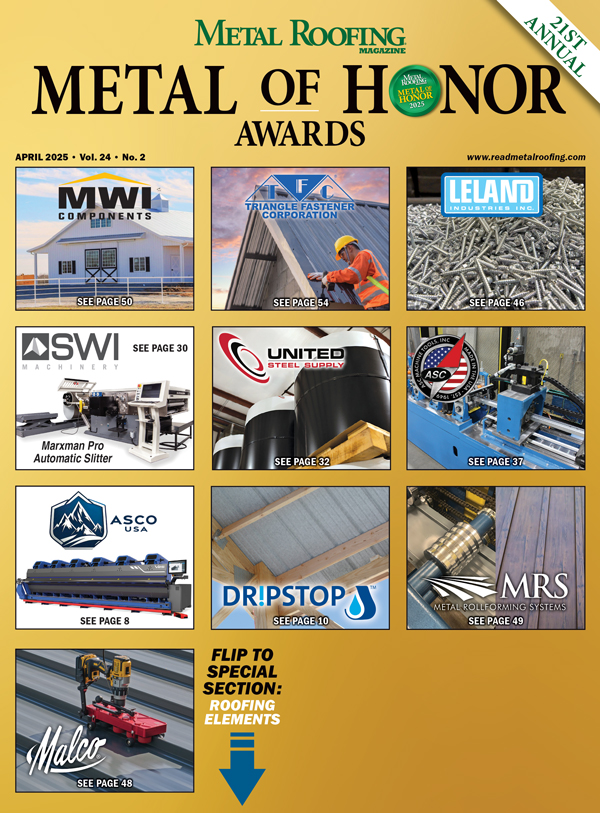By Renee Ramey, MRA executive director
U.S. homeowners are gravitating towards better performing, more sustainable building product materials, as indicated by the results of the latest annual industry report that measures overall roofing demand and activity.
According to the Dodge Report, the share of residential metal roofing in the United States has risen from 12 percent in 2019 to 17 percent in 2021. The report shows the roofing market has grown overall, and metal is getting a bigger percentage of that share.
“The U.S. is catching up to other countries when it comes to the adoption of metal roofing. That’s good news because it means homeowners are choosing more protective products that can better safeguard their homes instead of throw-away materials that wind up in the landfill after just a few short years,” said Renee Ramey, executive director of the Metal Roofing Alliance (MRA).
This trend is reinforced by the report’s regional data, which shows some of the largest gains in the adoption of residential metal roofing stemming from the Atlantic and Gulf Coast region, an area that has suffered from extreme storms and hurricanes, causing homeowners to seek more reliable and durable roofing materials. In the south Atlantic area, demand for metal roof has jumped by 13 percent, from 20 percent market share in 2017 to 33 percent in 2021.
Popularity for metal roofing has been boosted by insurance companies that are beginning to offer incentives for the use of more protective materials in areas affected by devastating climate events. Some local neighborhoods and towns in hurricane-prone areas have even considered ordinances that mandate the use of quality residential metal roofing to help better safeguard homes.
The Dodge Report shows that steel remains the most common type of metal roofing for re-roofing projects, due in part to its affordability and strength. Metal roofing also increases energy efficiency and can be recycled at the end of its long life, making it a sustainable and better performing choice for even the harshest climate conditions, including high winds and hail, heavy snow, and ice loads. For areas prone to wildfires, quality metal roofs protect against ignition and wayward sparks, and most carry the highest possible Class A fire rating.
While not measured by the Dodge Report, the MRA theorizes that homeowners are increasingly attracted to metal roofing’s low maintenance and easy-care benefits, especially given the tight labor market and economic uncertainty they’ve faced over the past few years.
“A lot of homeowners know how tough it’s been to get work done on their homes, and with the fluctuation in the price and availability of building products, they want something that will last, and they don’t need to worry about having to repair, professionally clean or treat on an ongoing basis. We believe that also has helped drive strong interest and demand for quality metal roofs,” said Ramey.
The Metal Roofing Alliance also is credited for raising significant awareness and understanding to help inform U.S. and Canada homeowners about how metal roofing compares to other types of roofing materials. The organization offers a wide variety of resources and tools for homeowners.
About Metal Roofing Alliance
Representing the residential metal roofing industry in the United States and Canada, the Metal Roofing Alliance (MRA) was formed to help educate consumers about the many benefits of metal roofing. The main objective of MRA is to increase awareness of the beauty, durability, and money-saving advantages of quality metal roofing among homeowners, as well as to provide support to the residential metal roofing industry. MR


